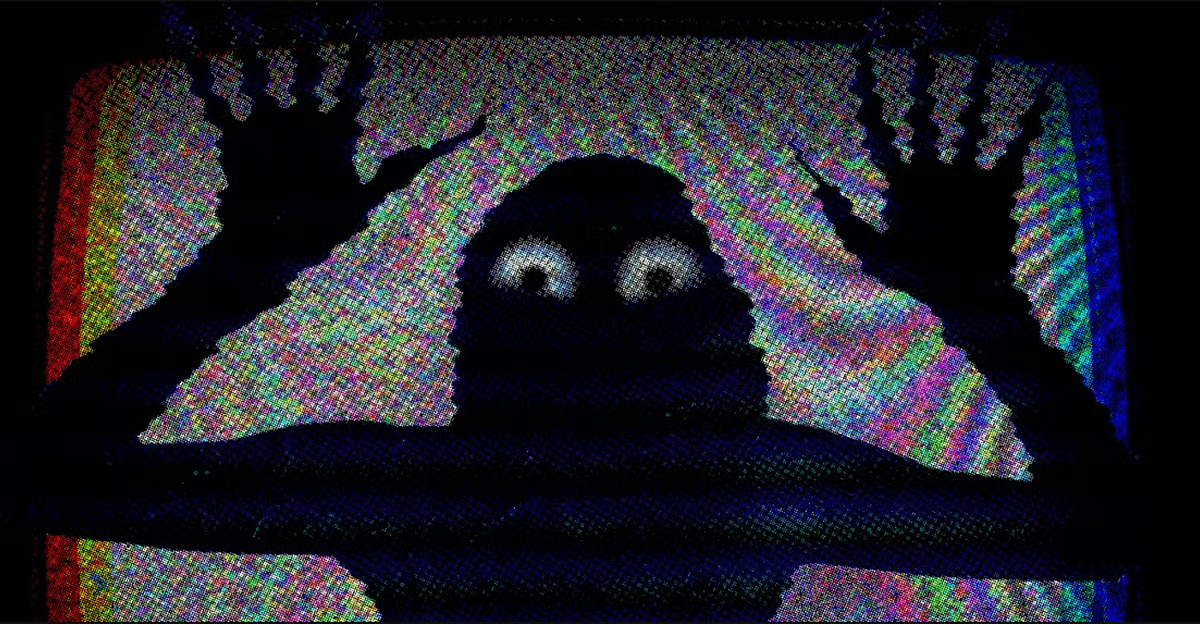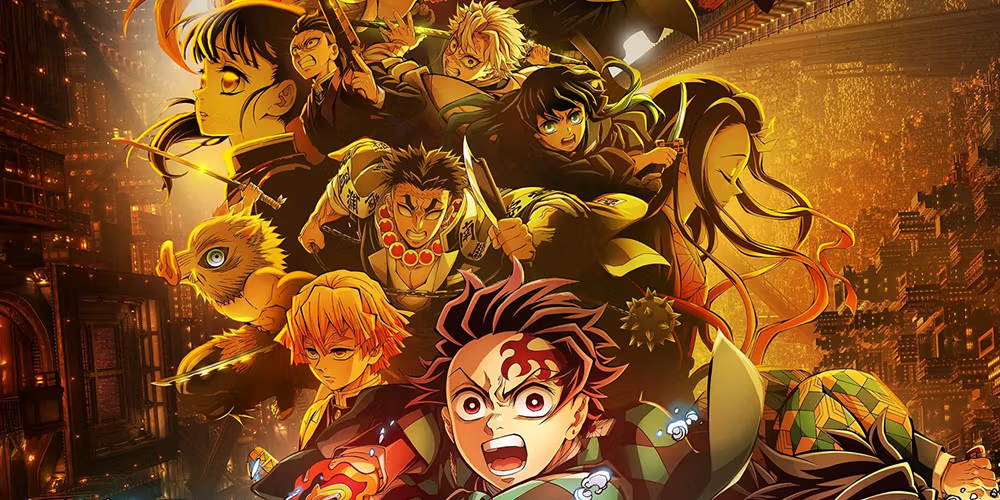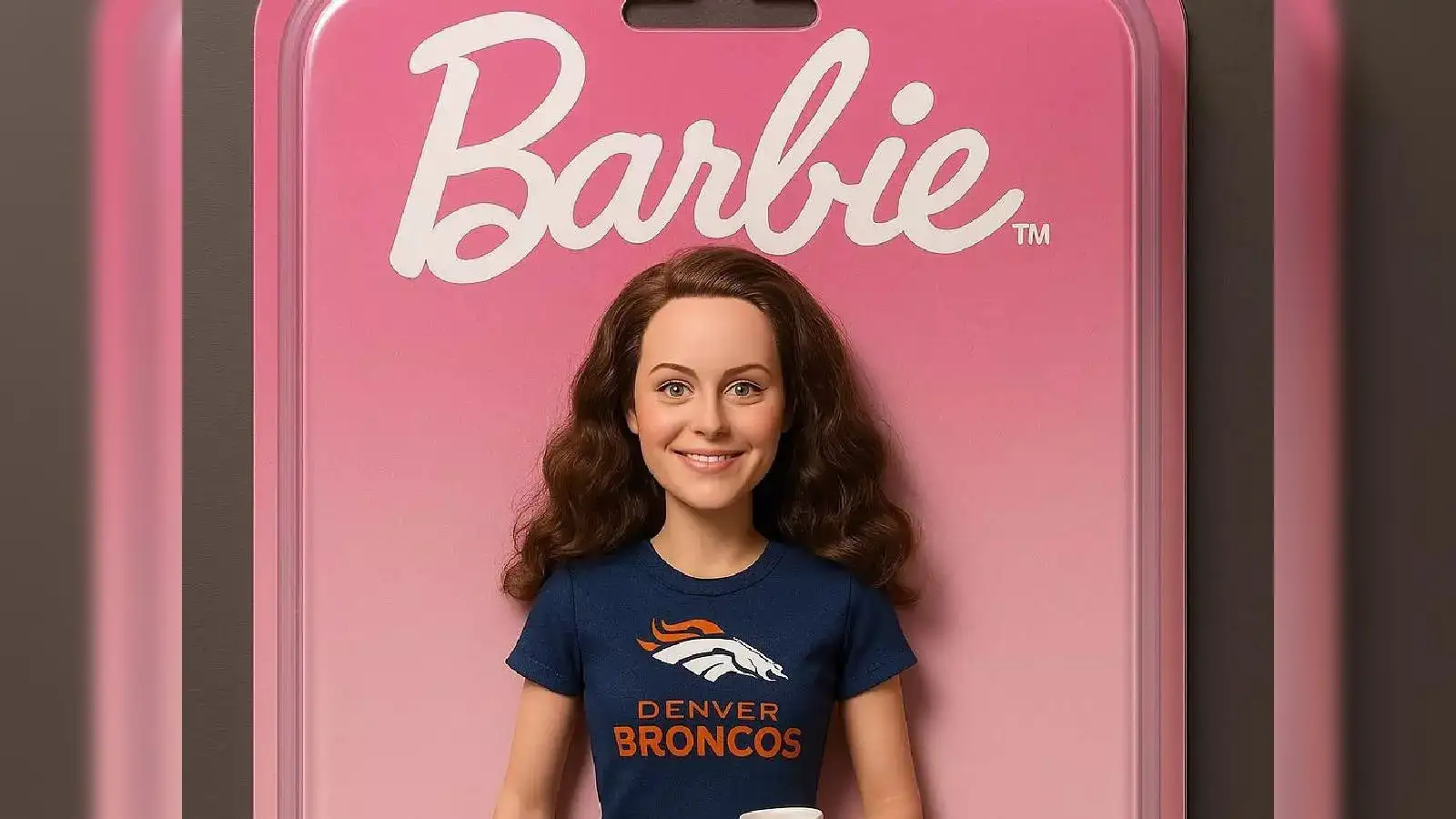The entertainment industry has seen a massive resurgence of nostalgia-driven television in recent years. From reboots like Fuller House to revivals such as That ’90s Show, networks and streaming platforms are increasingly banking on familiar faces and stories. According to media analysts, this trend is more than just recycling old content—it’s a strategic emotional play that taps into viewers’ longing for comfort, predictability, and memories of simpler times.
Cultural experts point out that millennials and Gen Z, the dominant demographics in streaming viewership, crave relatability. Reboots provide a bridge between generations, blending old-school charm with modern narratives and social themes. For example, shows like Bel-Air reimagine classics with deeper character arcs and timely commentary, proving that rebooting doesn’t have to mean rehashing. Studies have shown that shows rooted in nostalgia can outperform original titles when executed with fresh perspectives.
However, creators must balance nostalgia with innovation to maintain relevance and critical acclaim. Audiences today expect more than reruns—they want growth, diversity, and purpose. As long as producers understand the emotional value behind beloved IPs and are willing to evolve them thoughtfully, nostalgia TV will remain a powerful force in pop culture entertainment.




